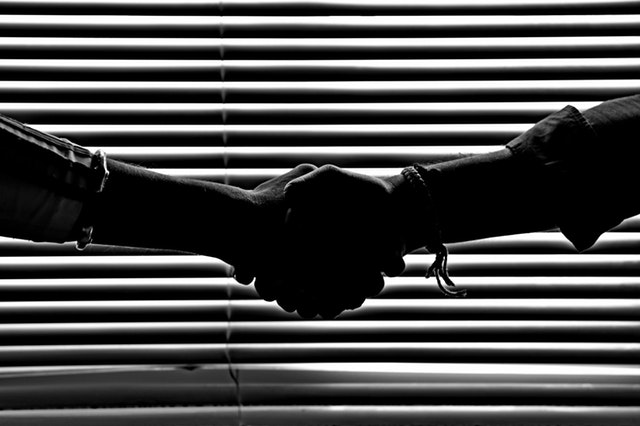There are many ways to process information:
Through a recording device such as a smartphone, app, or video camera.
Computer, such as a laptop or desktop
Taking notes in a notebook or sketchbook (my preference)
Observation, using our human senses
I find that everyone records and processes information differently. People have different systems for documenting what they’ve heard or viewed, and then they translate that into some kind of plan for action. Perhaps more important is how they react to the information. This reaction will drive what someone will do next–ignore the thought and move on, or capture it and use it later.
“Amateurs sit and wait for inspiration, the rest of us just get up and go to work.”
I tend to retain information longer if I write down a few notes during a meeting, then organize and prioritize the items needed for action. I use a separate section of my sketchbook as a running to-do list.
Recently I’ve been making a point to take fewer notes and listen more. Over the course of a conversation I let my mind do the work and at the conclusion of the meeting I’ll jot down a few thoughts on what should happen next. This enables me to listen for key words that may indicate a change or shift, however subtle, that may tell me that something has changed.
Regardless of how you prefer to process information, the key is to have an effective system that enables you to move through it quickly to determine what needs to be done and when. And then you take action.
This system is what enables effective people to simply get things done.
“It is not enough to be busy… The question is: what are we busy about?”
For all of the talk on how to stimulate innovation and growth in an organization, tying up loose ends is often overlooked as a way to spark action and activity. As people start to move, or projects get into motion, a leader can start to shape what happens next.


